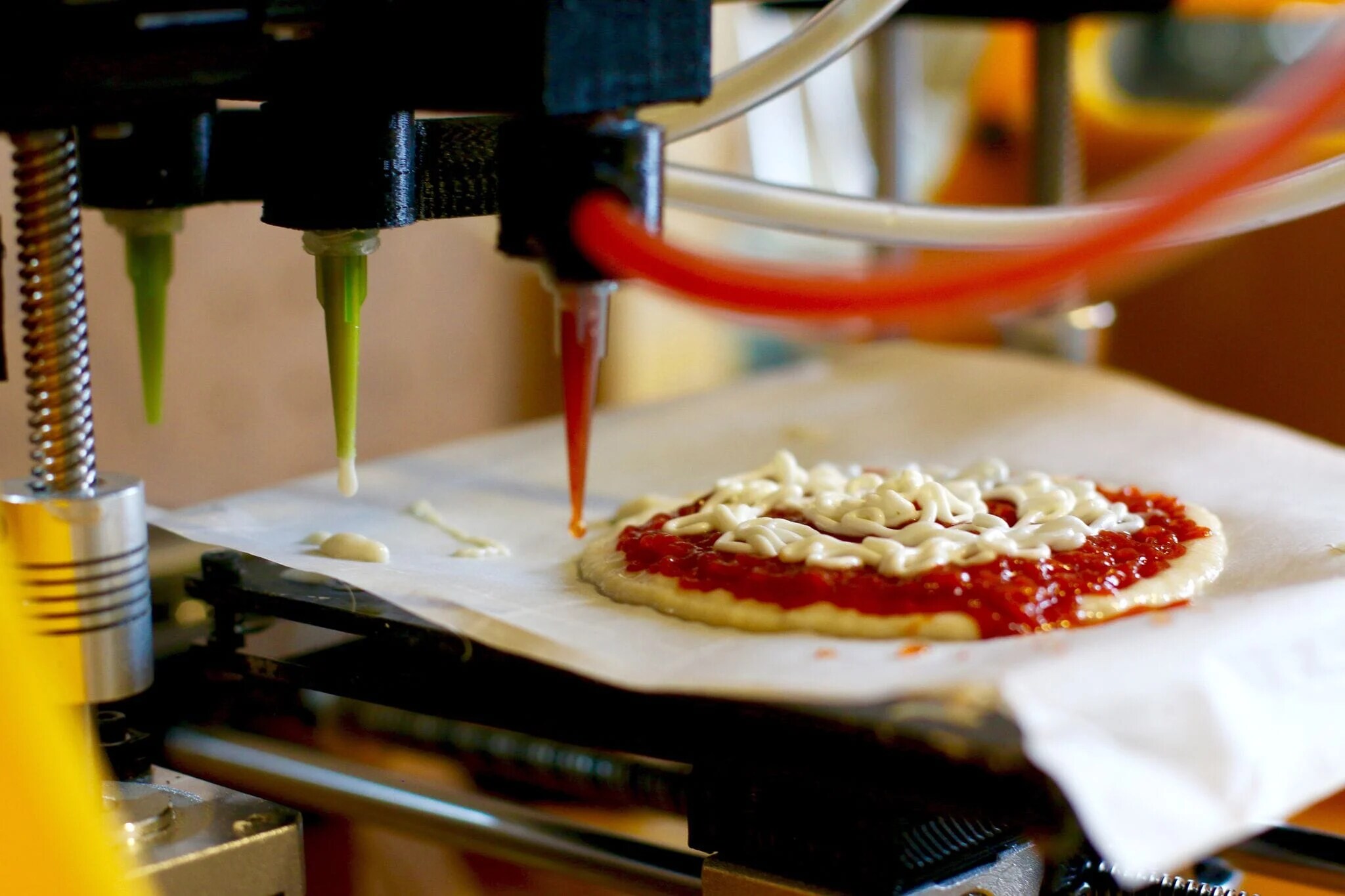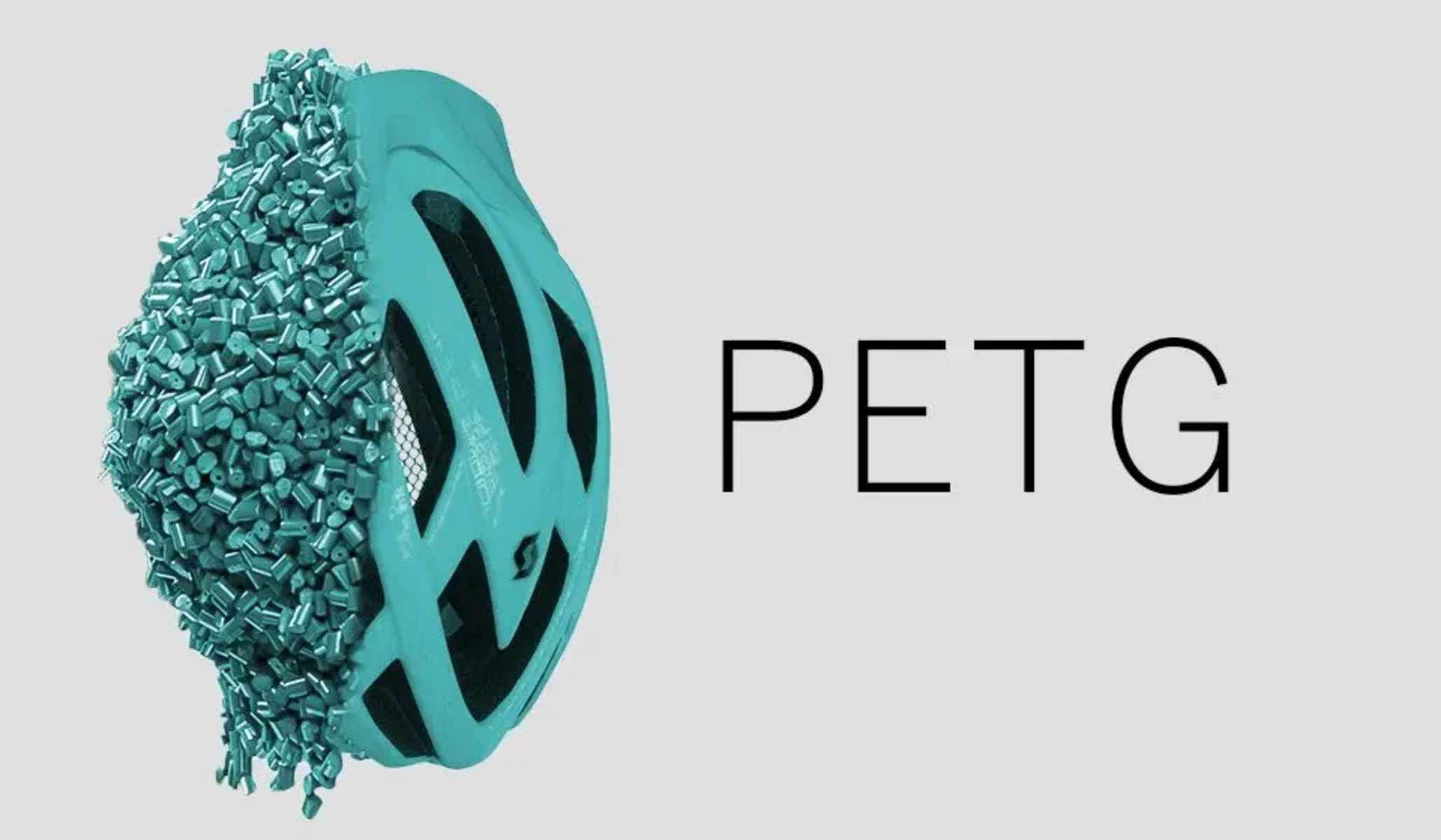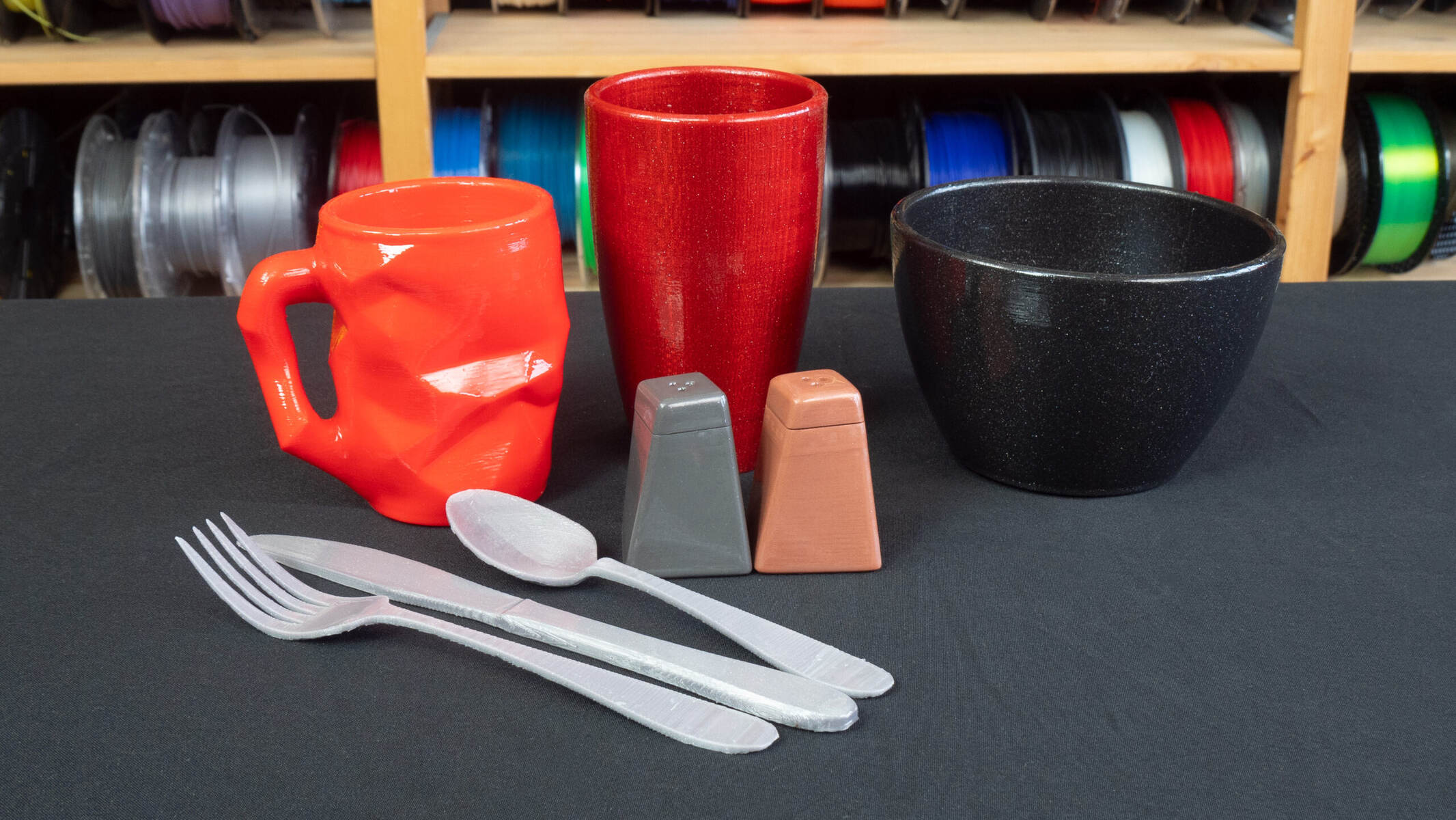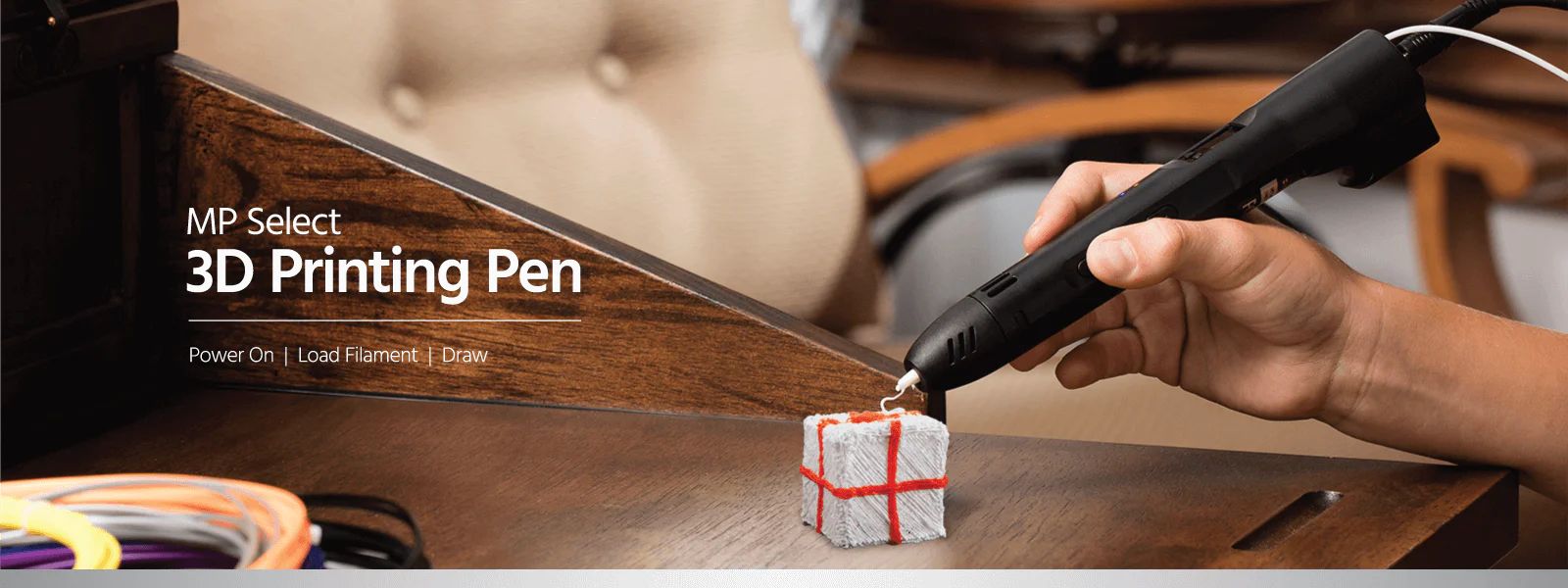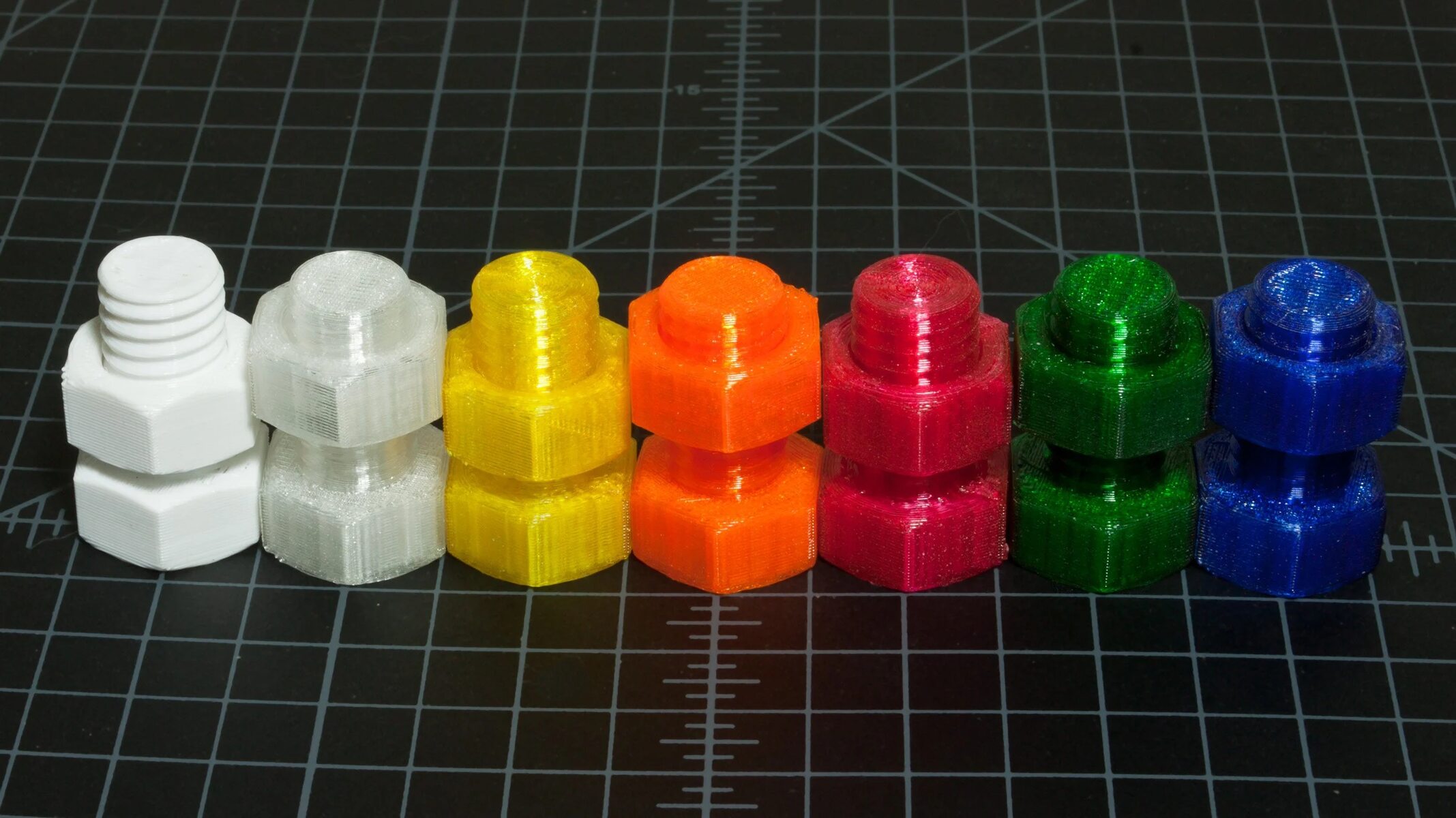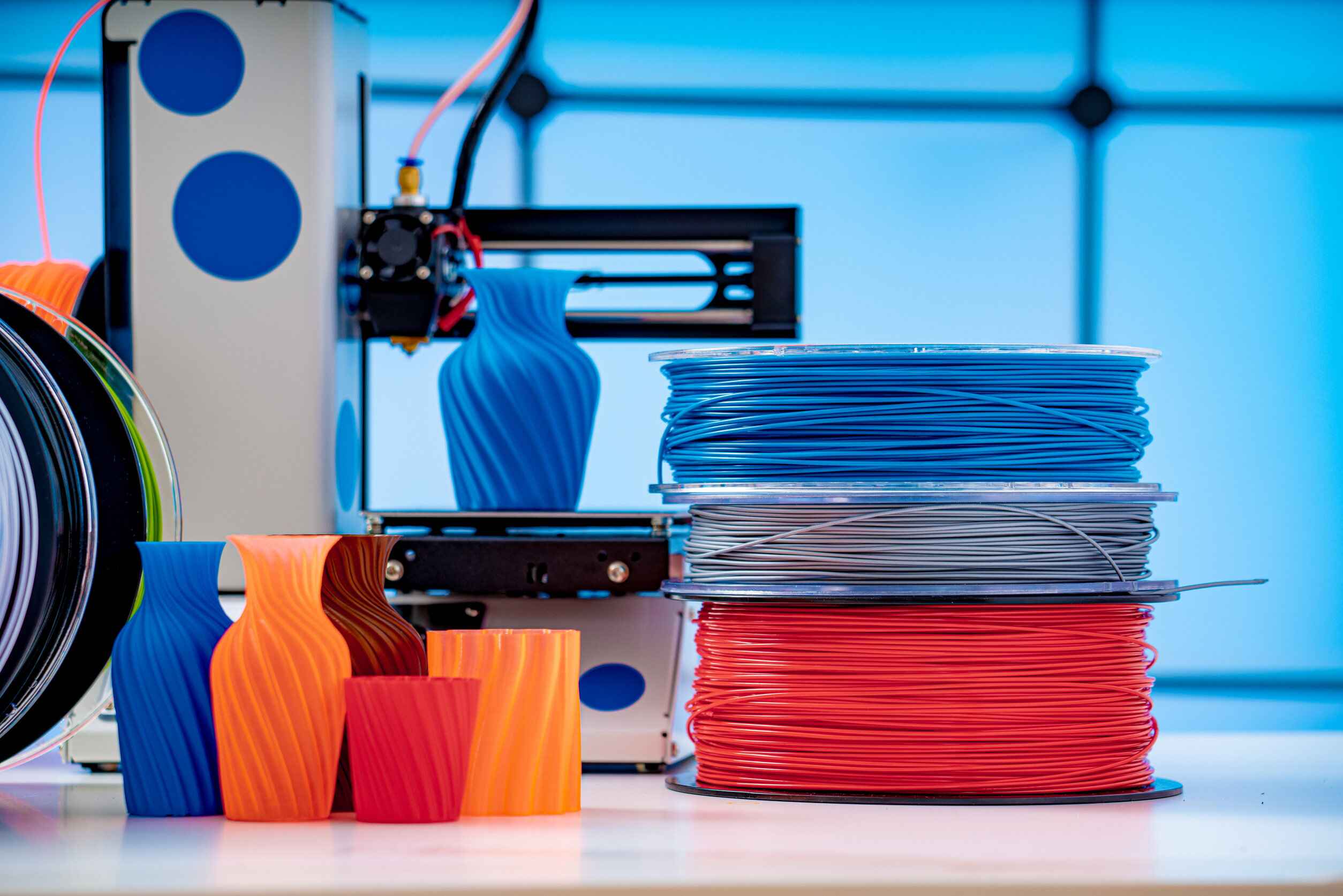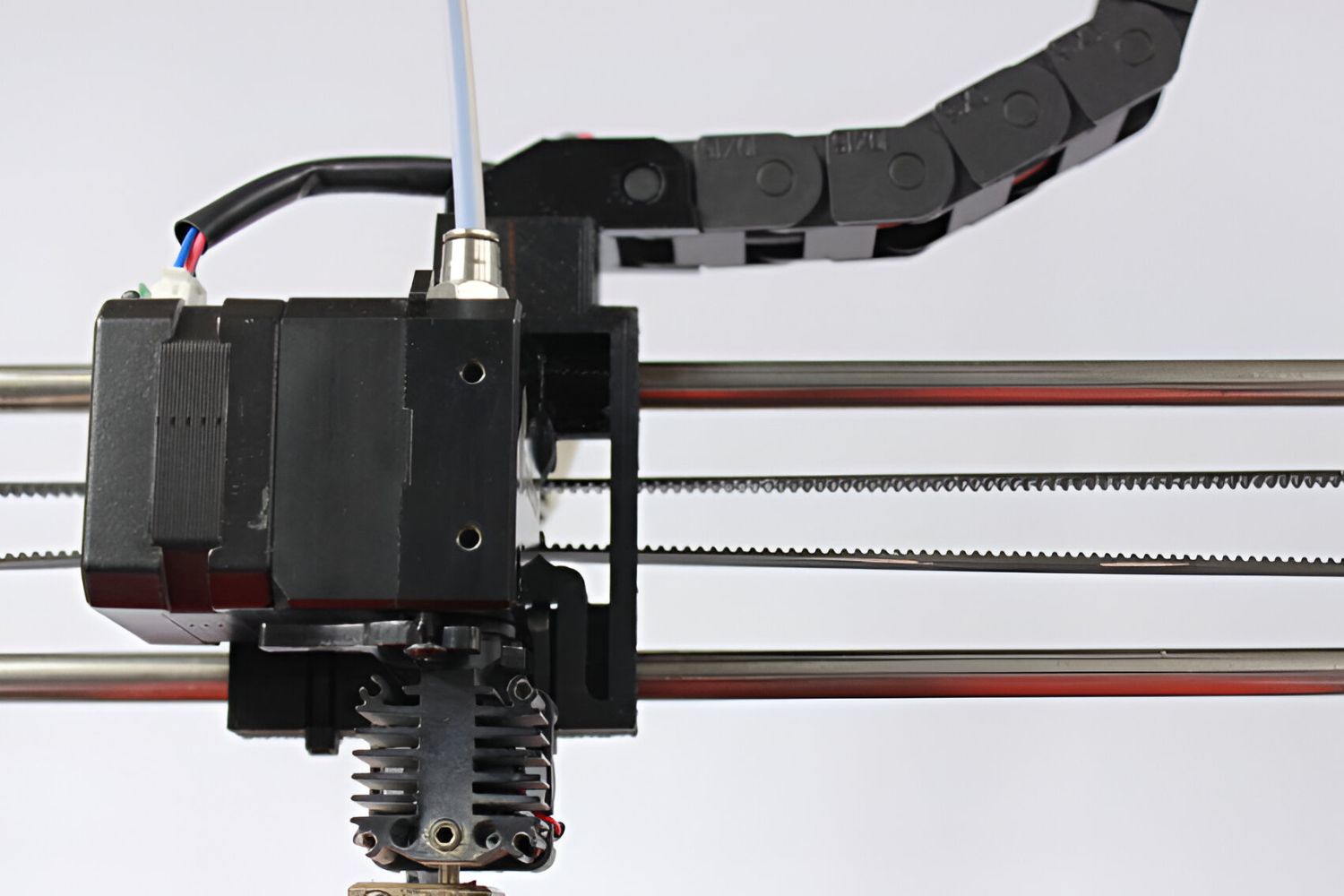Introduction
3D printing technology has revolutionized various industries, from manufacturing to healthcare. However, one of the most intriguing applications of this technology is 3D printing food. This futuristic concept brings together the worlds of culinary arts and 3D printing, enabling the creation of intricately designed and personalized edible creations.
Imagine enjoying a perfectly shaped chocolate sculpture or a pizza tailored to your specific dietary needs. 3D printing food allows for unprecedented creativity in the culinary world, pushing the boundaries of what is possible in terms of food design and customization.
While 3D printing food may seem like something out of science fiction, it is a reality that is rapidly gaining traction. With advancements in technology and the intersection of computer-aided design (CAD) and culinary arts, chefs and food enthusiasts alike are delving into the exciting potential of 3D printed food.
In this article, we will delve deeper into the world of 3D printing food. We will explore the intricacies of this innovative technology, its applications, benefits, challenges, and the future implications it may have on the way we prepare, consume, and even experience food.
What is 3D Printing?
3D printing, also known as additive manufacturing, is a process that involves creating three-dimensional objects by layering materials on top of each other. Unlike traditional manufacturing methods that involve cutting or shaping materials, 3D printing builds objects layer by layer using a digital design or model.
This innovative technology has garnered significant attention in recent years for its ability to create complex and customized objects with precision and efficiency. It has transformed various industries, including aerospace, automotive, healthcare, and even fashion.
The process of 3D printing typically starts with creating a digital model using computer-aided design (CAD) software. This model is then sliced into thin layers, and the 3D printer reads the design file and begins the printing process.
Depending on the printing technology used, the printer may use various materials, such as plastics, metals, ceramics, or even food ingredients, to build the object layer by layer. Each layer is carefully deposited or fused together, resulting in a fully formed three-dimensional object.
3D printing offers numerous advantages over traditional manufacturing methods. It allows for intricate designs and complex geometries that would be challenging or impossible to achieve through conventional means. It also reduces waste, as only the required amount of material is used during the printing process.
Overall, 3D printing has revolutionized the way objects are created, enabling greater customization, efficiency, and innovation in various industries. Now, let’s explore how this technology has ventured into the realm of food and culinary arts.
What is 3D Printing Food?
3D printing food is a novel application of 3D printing technology that involves creating edible and customizable food items. It combines the precision and design capabilities of 3D printing with the artistry and creativity of culinary arts.
Using specialized food-grade 3D printers, chefs and food enthusiasts can bring their imaginative culinary visions to life. They can design and print intricate food shapes, patterns, and structures that would be painstakingly difficult or impossible to create by hand.
3D printing food goes beyond just creating visually appealing dishes. It also allows for personalization and customization based on individual dietary needs and preferences. By inputting specific parameters into the 3D printing software, it is possible to create food items tailored to specific nutritional requirements, dietary restrictions, or even personal tastes.
The materials used in 3D printing food vary depending on the printer and the desired outcome. They can include a wide range of edible substances such as chocolate, sugar, dough, cheese, and even mashed fruits and vegetables. These materials are often carefully formulated to have the right consistency, texture, and taste for successful 3D printing.
While 3D printing food is relatively new, it has already made its mark in various culinary applications. It has been used in high-end restaurants to create visually stunning dishes that push the boundaries of traditional food presentation. Additionally, 3D printed food has found utility in healthcare settings, where it can be used to create customized meals for patients with specific dietary needs, such as those with swallowing difficulties or malnutrition.
This intersection between technology and gastronomy offers limitless possibilities for innovation and creativity in the culinary world. Now, let’s take a closer look at how 3D printing food actually works and the technologies involved.
How Does 3D Printing Food Work?
3D printing food combines the precision of 3D printing technology with carefully formulated edible materials to create intricate and customized food items. The process involves several steps, from designing the digital model to printing and assembling the final edible creation.
The first step in 3D printing food is creating a digital model using computer-aided design (CAD) software or 3D scanning techniques. This model serves as a blueprint for the 3D printer to follow during the printing process.
Once the digital model is ready, it is imported into the slicing software. In this software, the model is sliced into thin layers, often ranging from millimeters to centimeters in thickness. The slicing software also allows for customization, such as adjusting the density or infill of the object to achieve the desired texture and structure.
Next, the sliced model is sent to the 3D printer. The printer uses specialized food-grade materials, such as chocolate or dough, in the form of cartridges or syringes. These materials are carefully formulated to have the right consistency and behavior for successful 3D printing.
The 3D printer precisely deposits or extrudes the edible material layer by layer following the instructions from the slicing software. The printer may use various techniques, such as extrusion, powder binding, or sintering, depending on the specific technology utilized. It takes into account the design specifications and creates the desired shape and structure gradually.
During the printing process, the printer may also incorporate other edible components to enhance the taste or aesthetic appeal of the final product. For instance, it can add fillings, flavors, or even different colors to create visually striking patterns and designs.
Once the printing is complete, the food item may require additional steps for assembly, decoration, or finishing touches. This could involve manually adding garnishes or using post-processing techniques to enhance the appearance and quality of the 3D printed food.
The final result is an edible creation that showcases intricate designs and personalized touches. From sculptures made of chocolate to intricately shaped pasta, 3D printing food offers endless possibilities for culinary exploration and innovation.
Now that we understand how 3D printing food works, let’s delve into the various benefits it brings to the table.
Benefits of 3D Printing Food
3D printing food offers a wide range of benefits that have the potential to revolutionize the culinary industry and transform the way we produce and consume food. Here are some key advantages of utilizing this innovative technology:
1. Creativity and Customization: 3D printing food allows for intricate and precise designs that are not easily achievable by traditional methods. Chefs and food enthusiasts can create unique shapes, textures, and patterns, enabling a new level of artistic expression in the culinary world. Furthermore, 3D printing food offers customization options, allowing for personalized meals tailored to individual nutritional needs, dietary restrictions, or taste preferences.
2. Efficiency and Waste Reduction: Traditional manufacturing processes often result in significant material waste. 3D printing food minimizes waste by utilizing only the necessary amount of ingredients and precise layer-by-layer deposition. This not only reduces food waste but also contributes to a more sustainable and eco-friendly approach to food production.
3. Improved Nutritional Value: With 3D printing food, it is possible to incorporate various nutritious ingredients, such as vitamins, minerals, or protein supplements, into the food matrix. This technology enables the creation of functional foods that can address specific dietary deficiencies or cater to the nutritional needs of different individuals.
4. Consistency and Precision: 3D printing allows for precise control over portion sizes, ensuring uniformity in the plated dishes. This feature is particularly beneficial in commercial food production, where consistency and quality control are essential.
5. Accessibility and Food Innovation: 3D printed food has the potential to provide accessible and nutritious meals to individuals who face challenges in chewing or swallowing, such as the elderly or those with dysphagia. Furthermore, this technology encourages food innovation by pushing the boundaries of culinary arts and inspiring chefs to explore new flavors, textures, and combinations that were previously unimaginable.
6. Time and Labor Efficiency: 3D printing food can automate certain intricate and time-consuming culinary processes, enabling chefs and food establishments to streamline their production and reduce labor-intensive tasks. This efficiency allows for greater productivity in busy kitchen environments.
While 3D printing food offers numerous benefits, it is important to acknowledge the challenges and limitations that come with this technology. Let’s explore some of these considerations in the next section.
Challenges and Limitations of 3D Printing Food
Although 3D printing food holds great potential, it is important to be aware of the challenges and limitations that come with this technology. While advancements are continuously being made, there are still several hurdles that need to be overcome. Here are some key considerations:
1. Limited Choice of Ingredients: The current range of edible materials suitable for 3D printing food is relatively limited compared to traditional cooking ingredients. While materials like chocolate, dough, and cheese work well for 3D printing, other ingredients may require alterations or innovations to be compatible with the technology.
2. Limited Complexity: The complexity of food structures that can be achieved through 3D printing is still somewhat limited. While intricate designs and patterns are possible, the texture and composition of certain foods may be challenging to replicate. This can hinder the creation of certain dishes or limit the versatility of 3D printed meals.
3. High Cost: 3D printers capable of printing food are currently relatively expensive compared to conventional kitchen appliances and equipment. The cost of specialized materials and maintenance further adds to the overall expense. This can make it difficult for smaller food establishments or individuals to adopt this technology.
4. Food Safety and Hygiene: Ensuring food safety and hygiene standards is crucial when using 3D printing food. The materials used, the cleanliness of the printer, and the handling of ingredients must all be carefully controlled to prevent contamination and maintain the highest standards of food safety.
5. Time and Speed: 3D printing food can be a time-consuming process, especially for larger and more complex objects. The layer-by-layer printing method can slow down production, making it challenging to meet high-volume demands within a short timeframe.
6. Regulatory and Legal Considerations: As with any emerging technology, there are regulatory and legal considerations surrounding 3D printing food. Concerns related to labeling, allergen information, intellectual property, and food standards need to be addressed to ensure compliance with existing regulations.
7. Cultural and Emotional Aspects: The experience of cooking and enjoying food encompasses cultural and emotional aspects that may be diminished when relying heavily on 3D printing. The human touch and craftsmanship associated with traditional cooking methods may be lost in the process, impacting the overall dining experience.
While these challenges exist, they provide opportunities for further research, innovation, and improvement in the field of 3D printing food. Let’s explore some of the exciting applications this technology has already found in various industries.
Applications of 3D Printing Food
The applications of 3D printing food extend beyond just creating visually stunning dishes. This innovative technology has found utility in various industries and has the potential to reshape the way we approach food production and consumption. Here are some notable applications:
1. Retail and Culinary Arts: High-end restaurants and culinary enthusiasts have embraced 3D printing food to create unique dining experiences. Chefs can use 3D printers to design and produce intricate and visually appealing dishes that push the boundaries of traditional food presentation. This technology allows for precise control over portion sizes and plating, enhancing the overall dining experience.
2. Personalized Nutrition: 3D printing food enables personalized nutrition by offering customized meals based on individual dietary needs and preferences. It allows for precise control over nutrient content, catering to specific nutritional requirements or dietary restrictions. This technology can have applications in healthcare, sports nutrition, and personalized meal planning.
3. Food Manufacturing: The food manufacturing industry can benefit from 3D printing by automating certain processes and enhancing efficiency. It allows for the production of consistent and precisely shaped food items, reducing the need for manual labor and increasing productivity. 3D printing can also enhance supply chain management by allowing on-demand production and reducing food waste.
4. Specialized Diets and Medical Nutrition: 3D printing food has the potential to address specific dietary needs in healthcare settings. It can be used to create customized meals for individuals with swallowing difficulties or malnutrition, ensuring optimal nutrition and maintaining their overall well-being. Additionally, 3D printing can facilitate the production of specialized diets for allergies, intolerances, or specific medical conditions.
5. Food Design and Innovation: 3D printing food is a playground for culinary creativity and innovation. Chefs and food designers can explore unique shapes, textures, and combinations that were not possible before. This technology allows for the creation of visually striking designs and can be used to surprise and delight customers with imaginative and artistic food presentations.
6. Education and Research: 3D printing food presents valuable opportunities for culinary education and research. It allows aspiring chefs to experiment with new techniques, textures, and flavor combinations. Researchers can explore the impact of food structure on sensory perception and develop new culinary concepts. Additionally, it enables the study of food behavior during the printing process, leading to advancements in food science and technology.
These are just a few examples of how 3D printing food is revolutionizing various industries. As this technology continues to evolve, we can expect even more exciting applications and advancements in the years to come. Let’s now explore the future implications of 3D printing food in the next section.
The Future of 3D Printing Food
The future of 3D printing food holds immense potential for innovation, transformation, and widespread adoption. As technology continues to advance and new discoveries are made, we can expect to see several developments in this field:
1. Expanded Material Options: Researchers are actively exploring new edible materials suitable for 3D printing food. This includes advancements in plant-based proteins, alternative protein sources, and nutrient-rich biomaterials. These developments will broaden the range of ingredients and enhance the nutritional value of 3D printed food.
2. Enhanced Customization: The ability to create personalized and customized meals will become even more sophisticated. With advancements in 3D scanning and data analytics, individuals can have their dietary needs and preferences analyzed to create tailored food options that cater to their unique requirements.
3. Integration of Robotics and Automation: As robotics technology continues to advance, we can expect to see increased integration of robots in the 3D printing food process. This will enhance efficiency, precision, and scalability, allowing for larger-scale production and faster turnaround times.
4. Integration with Internet of Things (IoT): The integration of 3D printing food with IoT can facilitate real-time monitoring and control of the printing process. Sensors can be used to optimize temperature, humidity, and other environmental factors to ensure optimal printing conditions and food quality.
5. Advancements in Bioprinting: Bioprinting, which involves printing with cells and tissues, holds promise for the creation of more complex and lab-grown food items. This can pave the way for sustainable and ethical alternatives to traditional animal-based products, such as meat and dairy.
6. Accessible Home 3D Printing: As costs decrease and technology improves, we may see 3D food printers becoming more accessible for home use. This could revolutionize the way we prepare and consume our meals, allowing for greater customization, experimentation, and convenience in our own kitchens.
7. Merging Food and Design: The intersection of 3D printing food with design fields, such as architecture and product design, can lead to exciting collaborations and novel food experiences. This could result in the creation of immersive food installations, interactive dining experiences, and avant-garde culinary presentations.
The future of 3D printing food is filled with possibilities, and its impact on the culinary industry and beyond is only just beginning to be realized. With ongoing research, technological advancements, and the growing demand for personalized and sustainable food options, we can expect to witness a significant transformation in how we perceive, create, and consume food in the years to come.
Conclusion
3D printing food has emerged as a fascinating fusion of technology and culinary arts, offering a myriad of possibilities for customization, creativity, and efficiency. This innovative technology has the potential to revolutionize the way we produce, consume, and experience food.
From intricate designs and personalized nutrition to streamlined production and waste reduction, the benefits of 3D printing food are evident. Chefs and food enthusiasts can unleash their creativity and push the boundaries of culinary arts with visually stunning and customized dishes. Individuals with specific dietary needs can enjoy personalized meals that cater to their unique nutritional requirements.
However, it is important to acknowledge the challenges and limitations that come with 3D printing food. The selection of edible materials, complexity limitations, cost considerations, food safety standards, and cultural aspects are important factors that need to be carefully addressed as this technology evolves.
Despite these challenges, the future of 3D printing food looks promising. With ongoing advancements in materials, robotics, bioprinting, and IoT integration, we can expect to see an expansion of possibilities and applications in various industries. From healthcare and food manufacturing to personalized home cooking, 3D printing food has the potential to transform the way we approach and interact with food.
As this technology continues to evolve, it will be crucial to strike a balance between innovation and preserving the sensory and emotional aspects of food. The artistry, craftsmanship, and cultural significance associated with traditional cooking should coexist with the benefits and opportunities presented by 3D printing food.
In conclusion, 3D printing food brings together the fields of technology and gastronomy, creating a realm of endless possibilities and culinary exploration. With continued research, collaboration, and advancements, the future of 3D printing food is undoubtedly exciting, promising groundbreaking changes that will shape the way we create, enjoy, and appreciate food.







